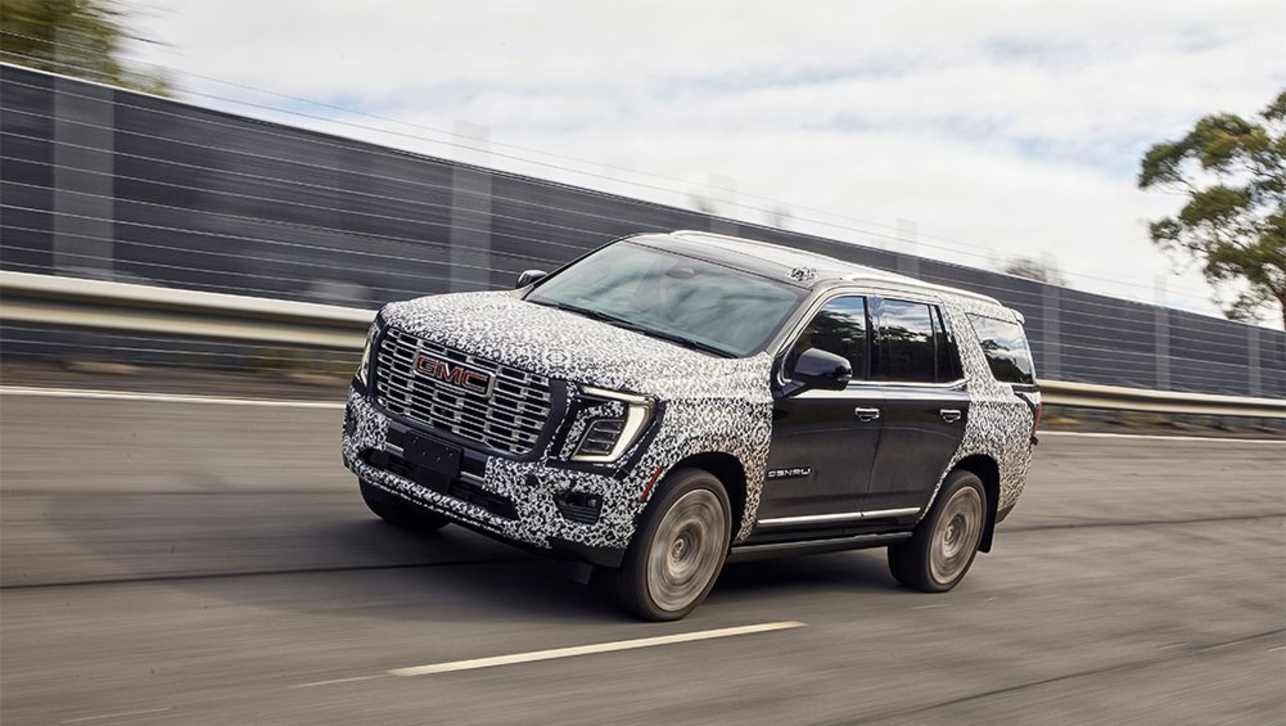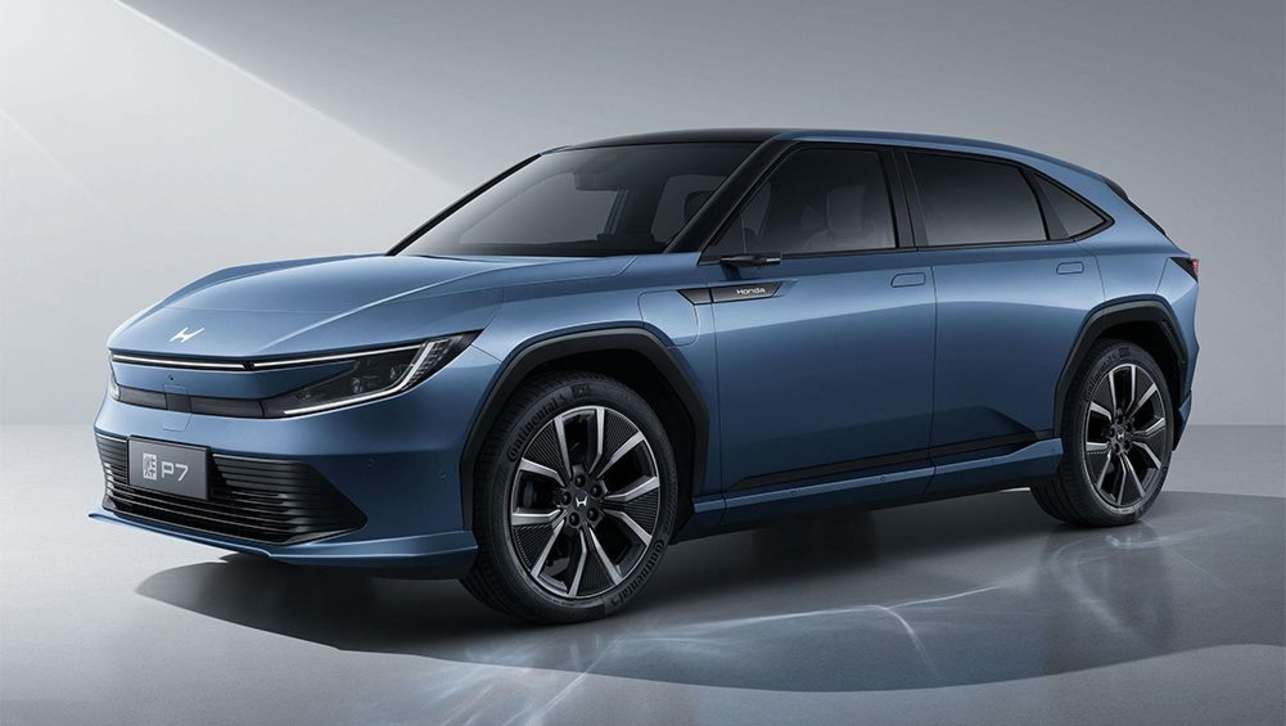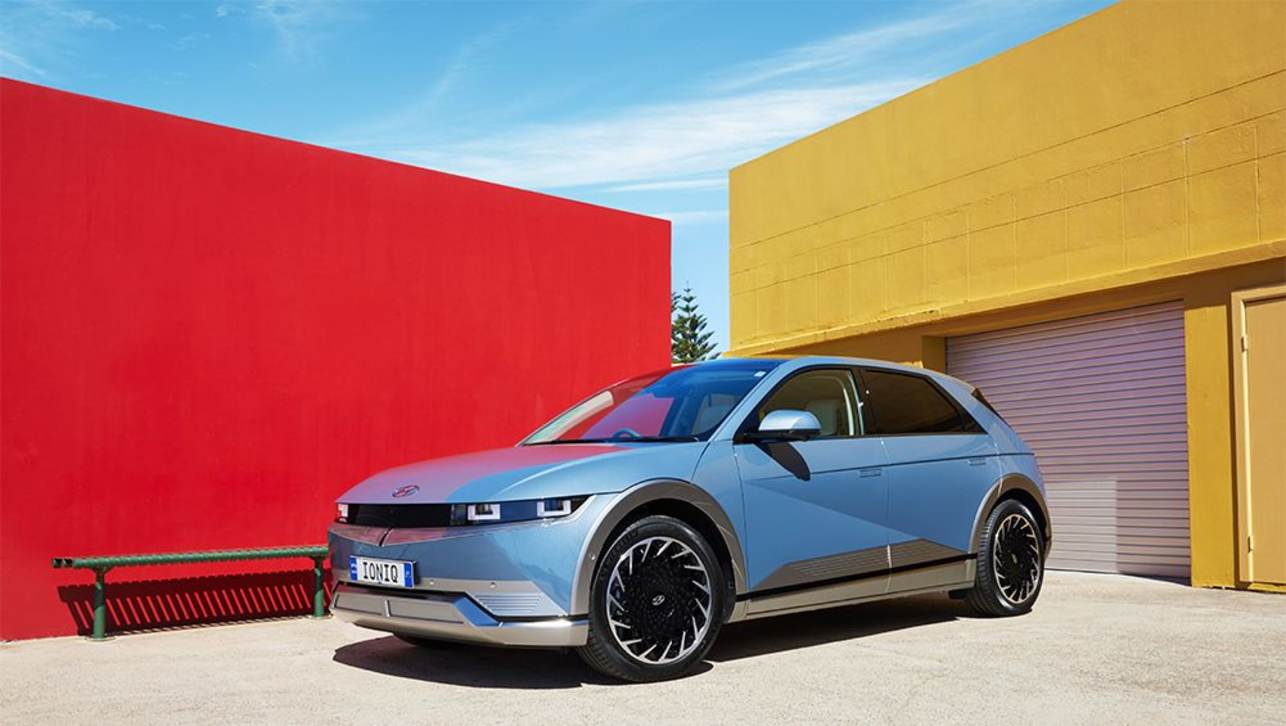We've now gotten up close and personal with Hyundai's incoming Ioniq 5 SUV in Australia, squeezing some local specifics from Hyundai's heavyweights as the game-changing electric SUV edges closer to launch.
Yes, while Hyundai might not have a direct rival to the Toyota RAV4 Hybrid, the Japanese mid-size SUV that has taken Australia by storm, it will soon have something pretty exciting of its own, with the brand leap-frogging the petrol-electric powertrain with the Ioniq 5.
If Toyota is the king of hybrids, then Hyundai wants to be the emperor of electric, and it’s this car that it hopes will get them there.
Funky, aggressive styling, clever tech and guilt-free driving should - on paper at least - make for a pretty compelling offering. But there’s no shortage of vehicles that have promised heaps and delivered little.
So we took a much closer look at the Ioniq 5 to see how it measures up.
Size and space
.jpg)
The Ioniq 5 is a mid-size SUV - think RAV4 or Mazda CX-5 - that will touch down in Australia in Q3.
Unlike the smaller Kona EV, this is built on a dedicated EV platform - the E-GMP, or Electric-Global Modular Platform. That means Hyundai was in charge of its dimensions and wheelbase from the outset, rather than trying to retro-fit an EV solution to an existing platform.
Which is why the Ioniq 5 serves up mid-size SUV dimensions of 4635mm in length, 1890mm in width and 1605mm in height, but it does it while riding on a huge 3000mm wheelbase, which is longer even than the massive Palisade SUV.
Hyundai says the move creates extra interior space, promising this Ioniq 5 delivers as much room for passengers and cargo as a vehicle one segment up.
There's a heap of cabin space - aided by the fact there's no bulky transmission tunnel - and the rear boot will serve up 531 litres of space with the rear seats in place, or 1591 litres with them folded flat.
There's a front boot, too (though we're still not used to calling it a "frunk", which delivers between 24 litres and 57 litres of space, which - rather cleverly - is predominantly used to store the charger, so you're not eating into boot space with it.
Design
.jpg)
The Ioniq 5 looks good, there's no two ways about it. And again, it's the bespoke EV architecture that helps here.
Not only do the 20-inch alloys look a little like something you might see in a SAW movie, but they’re also pushed to the very corners of the vehicle, making it sporty to look at, and - we hope - sporty to drive, too.
A bit like the gorgeous Honda e, we reckon the Ioniq 5 has nailed a pretty retro-looking design, but while the Japanese EV feels more cute, this one has a hint of aggression about it, from the terrifying alloys to the flying V shape of the front-end, and the automated flaps under the number plate that open when the batteries need cooling, and when they don’t, stay closed to aid in aerodynamics.
The most eye-catching part of the design is the use of lights, though, with a squared-off signature that carries from the front headlights to the rear and brake lights, the latter of which forms part or a retro-styled light bar that looks a little a Tetris screen.
It’s all a little bit retro, a little bit modern, and, in my opinion, a whole lot of cool.
Inside
.jpg)
The cabin of the Ioniq 5 is surprisingly understated - and, thanks to all the key controls, including the gear shifter, being moved from the centre console, clutter-free - with two 12.3-inch screens controlling the action.
But my favourite cabin feature is one Hyundai calls its Relaxation Seats. Given it's an EV, you will be spending time waiting for it to charge at some point, and so with two firm presses of a button housed on the side of the seat cushion, your chair reclines and extends to put you in a comfortable "zero gravity" position.
Perfect to kick back with a book or a magazine as you wait for charging to be completed.
Charging
.jpg)
The Ioniq 5 can support a 400-volt or - like the Porsche Taycan - an 800-volt charging infrastructure, and Hyundai says that, when plugged into a 350kW fast-charger, it will go from 10 per cent to 80 per cent charged in just 18 minutes. And if you’re in even more of a hurry, Hyundai reckons you can take on 100km in range in just five minutes. Those are peak charging times, of course, and things will take considerable longer when plugged in at home or into a lower-capacity charger.
The Ioniq 5 is also available with two battery types, a standard range 58kWh, and an extended range 72.6-kWh, with the latter producing a driver range of around 480km in its 2WD guise.
Internationally, you can even fit solar panels to the roof, but to be honest, it doesn’t add much in the way driving range, and it’s yet to be confirmed for Australia.
Also cool is the V2L or Vehicle To Load system. There’s a plug inside and outside the vehicle, and it will deliver 3.6kW of power. So if you’re camping, for example, you can use it to charge or power something, or to charge a scooter for your final-mile commute.
Power
.jpg)
Right, let’s talk power. In Australia, the standard range 58kWh battery pairs with a rear-wheel motor and will produce 125kW and 350Nm, enough, Hyundai says, to clip 100km/h in 8.5 seconds.
The bigger 72.6-kWh battery gives you the choice of rear motor only or front and rear motor and AWD.
In rear-drive format, that means 160kW, 350Nm, and a sprint to 100km/h in 7.4 seconds. In AWD more, those numbers increase to. 225kW and 605Nm, and a sprint to 100km/h in 5.2 seconds.
Pricing
.jpg)
So when will we get it? The Ioniq 5 will touch down in Australia in the third quarter of this year, and while Hyundai is yet to confirm pricing, we expect the number to start be in the mid-to-high $60k range .



.jpg)
.jpg)
.jpg)
.jpg)

.jpg)
.jpg)


.jpg)





.jpg)




.jpg)
_0.jpg)




Comments